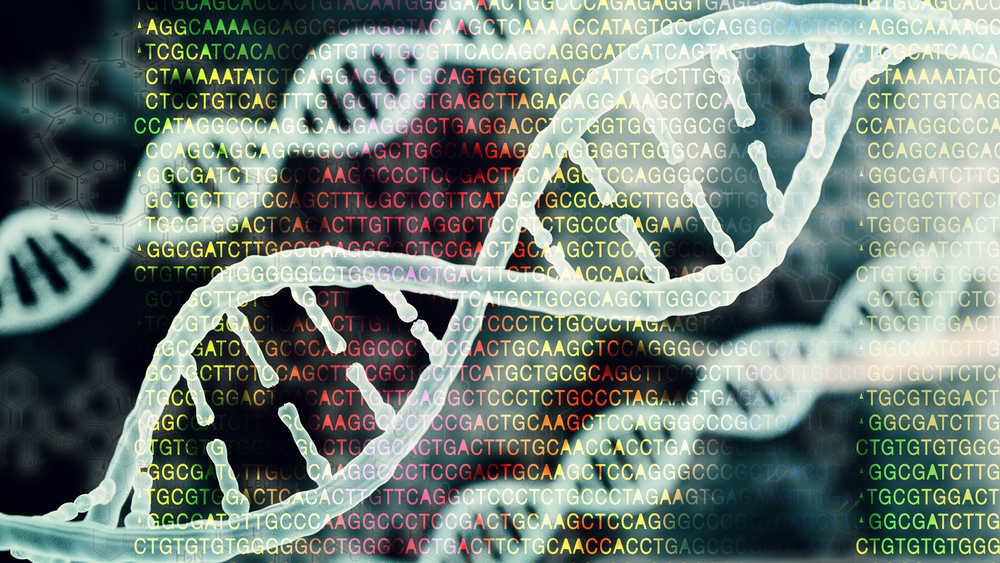2 New NAGLU Mutations Possibly Linked to Sanfilippo Type B
Written by |

CI Photos/Shutterstock
Two never-before-reported mutations were found in Sanfilippo syndrome type B patients, with one likely to be disease-causing, a recent study reported.
How the other identified mutation relates to this disease is not yet known, its researchers said.
The study, “Clinical and genetic features of 13 patients with mucopolysaccarhidosis type IIIB: Description of two novel NAGLU gene mutations,” was published in Molecular Genetics and Metabolism Reports.
Sanfilippo syndrome type B is one of the four types of Sanfilippo syndrome; it is caused by mutations in the gene NAGLU. In this study, researchers in Turkey described clinical features of 13 children with Sanfilippo syndrome type B.
These 13 patients belonged to 11 families; all were born to consanguineous (biologically related) parents. Their median age at symptom onset was 2 years old, and their median age at confirmed diagnosis was 4. Nine of the 13 were female.
All but one of the patients was referred to the researchers’ clinic primarily due to developmental and/or speech delay; that on child was referred due to hepatomegaly (an enlarged liver).
All had marked neurodevelopmental delays, especially related to language acquisition. Seven had hyperactivity or other behavioral problems, six experienced seizures, and 11 were reported to have sleeping difficulties.
Upon clinical examination, common disease-related features included coarse facial features (92.3%), hepatomegaly (84.6%), and abnormal body hair growth (69.2%). In patients with available data, abnormalities of the heart and brain were commonly detected on imaging.
The patients’ NAGLU genes were sequenced in order to identify disease-causing mutations; a total of 10 different mutations were detected among all of the patients, most of which were either pathogenic (disease-causing) or likely pathogenic.
Most (80%) of the detected mutations were missense mutations, meaning a change to a single nucleotide (the “letters” of the genetic code) in the gene. This is in keeping with previous reports; of the 232 NAGLU mutations that have so far been reported, 169 are missense mutations.
Notably, two of the missense mutations identified in the study — termed c.509G>T and c.700C>G based on the specific nucleotide changed — have not been previously reported in scientific literature. One of these mutations was likely pathogenic, while the other was classified as a “variant of uncertain significance.”
“Our study has expanded the mutation spectrum of the NAGLU gene, contributing to the improved genetic counselling” of these patients, the researchers concluded.
They also noted a need for further study to determine whether particular mutations in NAGLU are linked with differences in disease severity.





